Comprehensive Evaluation of Carbon Emissions from Residential Buildings Based on the TOPSIS Method
DOI: 10.23977/erej.2023.070510 | Downloads: 30 | Views: 1193
Author(s)
Zongyang Zhang 1, Xinyao Lin 2, Yuqi Chen 3
Affiliation(s)
1 College of Finance and Economics, Shanghai Lida University, Shanghai, China
2 College of Finance and Economics, Shanghai Lida University, Wenzhou, China
3 College of Finance and Economics, Shanghai Lida University, Taizhou, China
Corresponding Author
Zongyang ZhangABSTRACT
Carbon emission reduction is a challenge and an opportunity for all countries in the world. In this paper, the Delphi method is applied to screen the indicators affecting carbon emission, and the first and second level weighting indicators are derived according to Spearman, heat map, and entropy weighting method, and the building life cycle carbon emission indicator system is established. Then, taking Jiangsu Province as an example, the TOPSIS method was used to comprehensively evaluate the carbon emission of buildings in prefecture-level cities in Jiangsu Province, and concluded that the carbon emission of Suzhou City residence is the most reasonable and ideal compared with other regions ten, and verified the reliability of the model. Finally, this paper is based on the construction of LSTM, linear regression, LGBM, decision tree, etc. on the carbon emissions of Jiangsu Province with the guessing model, after comparison, LSTM model performance is more excellent, so we chose the LSTM model for the measurement, and concluded that in 2023, the carbon emissions of Jiangsu Province are expected to be 127,902,900 tons.
KEYWORDS
TOPSIS, LSTM model, carbon emissions, SpearmanCITE THIS PAPER
Zongyang Zhang, Xinyao Lin, Yuqi Chen, Comprehensive Evaluation of Carbon Emissions from Residential Buildings Based on the TOPSIS Method. Environment, Resource and Ecology Journal (2023) Vol. 7: 81-88. DOI: http://dx.doi.org/10.23977/erej.2023.070510.
REFERENCES
[1] Chen X, Zhang N, Yu T. The Low-carbon Evaluation of Resident Buildings Based on the Value Engineering[C]//International Conference on Green Building, Materials and Civil Engineering.2011.
[2] Xu Weichao. A review of correlation coefficient studies [J]. Journal of Guangdong University of Technology, 2012, 29(3):12-17.
[3] Huiling L I, Xue F, Zihui Z, et al. The Comprehensive Evaluation of Green Residential Buildings Based on FAHP[J].Journal of Shenyang Jianzhu University(Social Science), 2016.
[4] Shih H S, Shyur H J, Lee E S. An extension of TOPSIS for group decision making [J]. Mathematical & Computer Modelling, 2007, 45(7):801-813.
[5] Gu Zifeng, Zhang Daoyong, Bao Zhidong, et al. Prediction of permeability using gradient boosted decision tree (GBDT)—as an example of a dense sandstone reservoir in the western long 4+5 section of Ji Plateau Oilfield[J]. Advances in Geophysics, 2021, 36(2):10.
| Downloads: | 5909 |
|---|---|
| Visits: | 433430 |
Sponsors, Associates, and Links
-
International Journal of Geological Resources and Geological Engineering
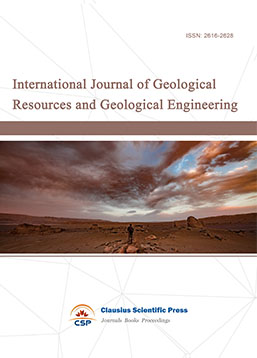
-
Big Geospatial Data and Data Science

-
Solid Earth and Space Physics

-
Environment and Climate Protection
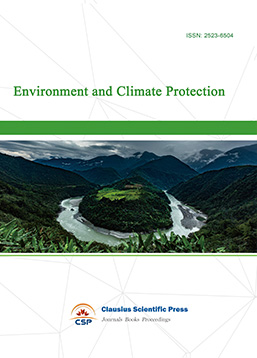
-
Journal of Cartography and Geographic Information Systems

-
Offshore and Polar Engineering

-
Physical and Human Geography
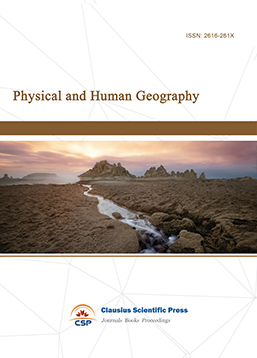
-
Journal of Atmospheric Physics and Atmospheric Environment
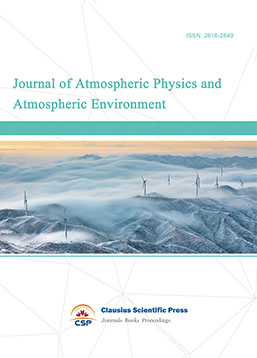
-
Trends in Meteorology

-
Journal of Coastal Engineering Research
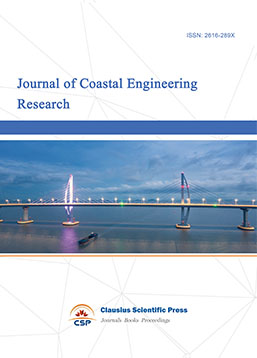
-
Focus on Plant Protection
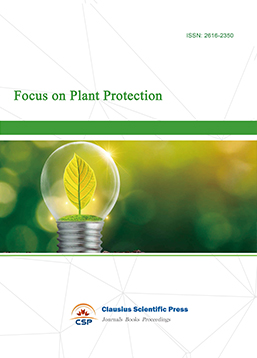
-
Toxicology and Health of Environment
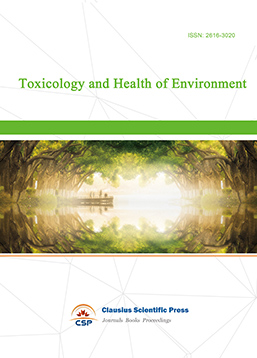
-
Geoscience and Remote Sensing
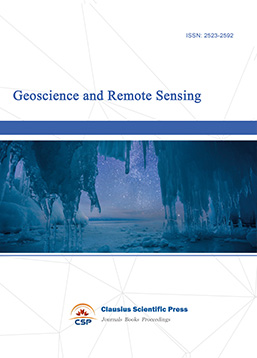
-
Advances in Physical Oceanography

-
Biology, Chemistry, and Geology in Marine
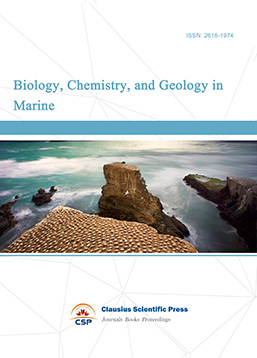
-
Water-Soil, Biological Environment and Energy

-
Geodesy and Geophysics

-
Journal of Structural and Quaternary Geology
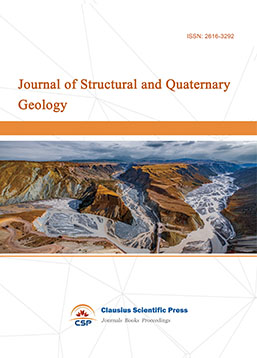
-
Journal of Sedimentary Geology

-
International Journal of Polar Social Research and Review


 Download as PDF
Download as PDF